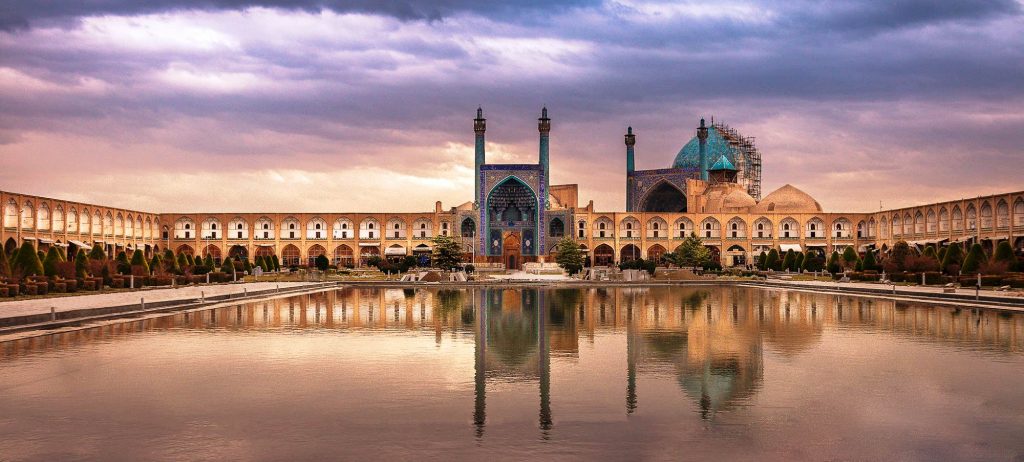
Isfahan
Having various natural landscapes and archaeological sites, Isfahan proves to be more challenging to be put into words. From the fabled mosques, hundred-meters-wide bridges, and magnificent squares to the narrow hallowed alleys dead-ended, Isfahan easily excels ordinary catchy titles and short bios!
The rise of the Safavid Empire in Persia was an epic turning point for Isfahan to be turned into one of the most prominent cities in Iran. Having wise rulers like Shah Tahmasb and Shah Abbas, waves of cultural and religious reforms brought about thousands of peasants migrating to the town and the expansion of the city.
Destinations
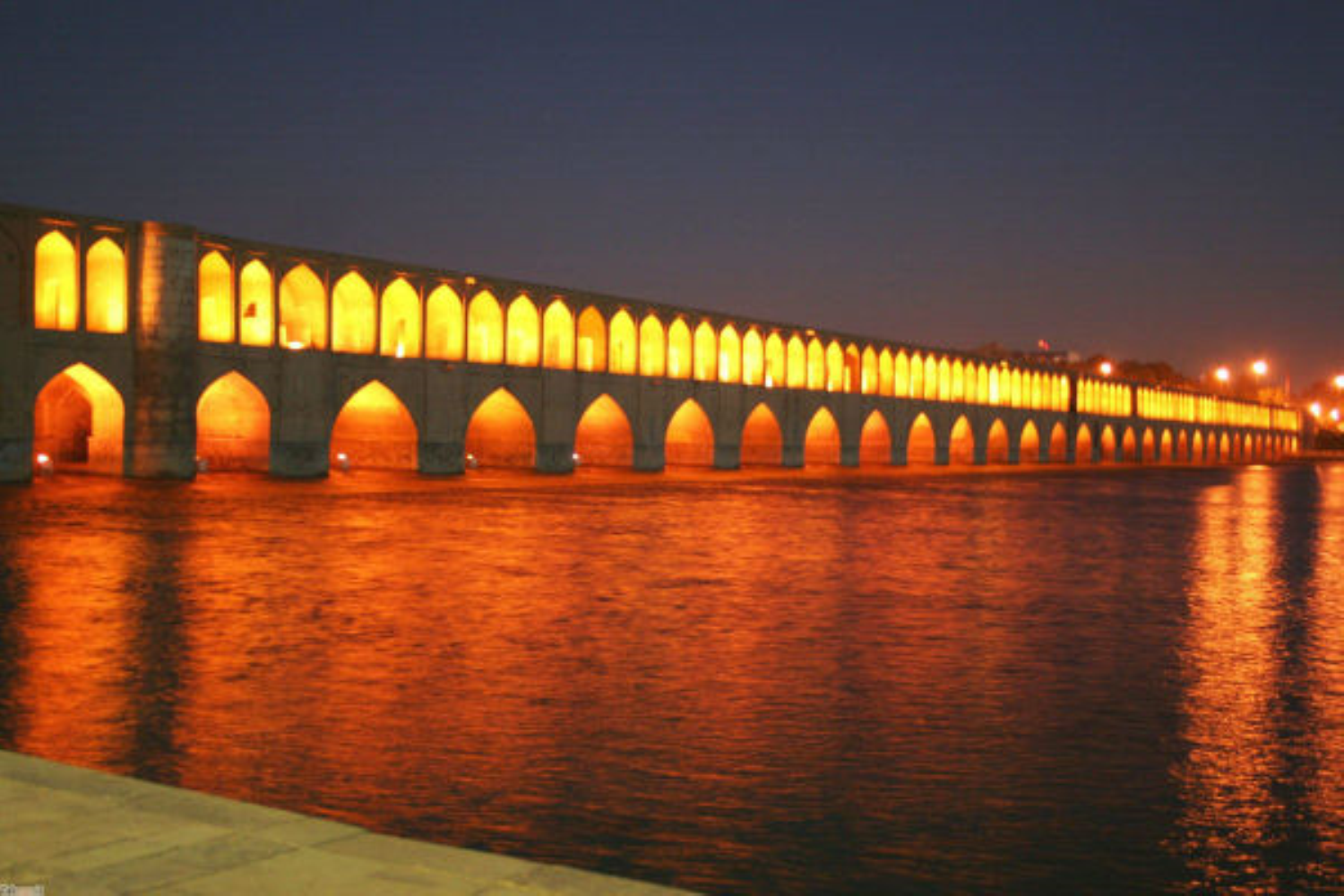
33Pol (33 Bridge)
You may have heard the proverb “Isfahan Nesf-e Jahan” meaning “Isfahan is half of the world” which refers to the huge number of Isfahan’s natural and historic sites so that it encompasses half of the world’s beauties. Isfahan was enlarged under the command of Shah Abbas I in order to make this city the capital of trade, art, and sports in Iran. It may sound an exaggeration but the magnificent mansions and palaces, marvelous bridges, unique mosques, and amazing gardens are what awaits you in Isfahan. One of the most well-known features of Isfahan is Si-o-Se Pol which is the widest bridge over the Zayandehrud, connects also north and south of Isfahan.
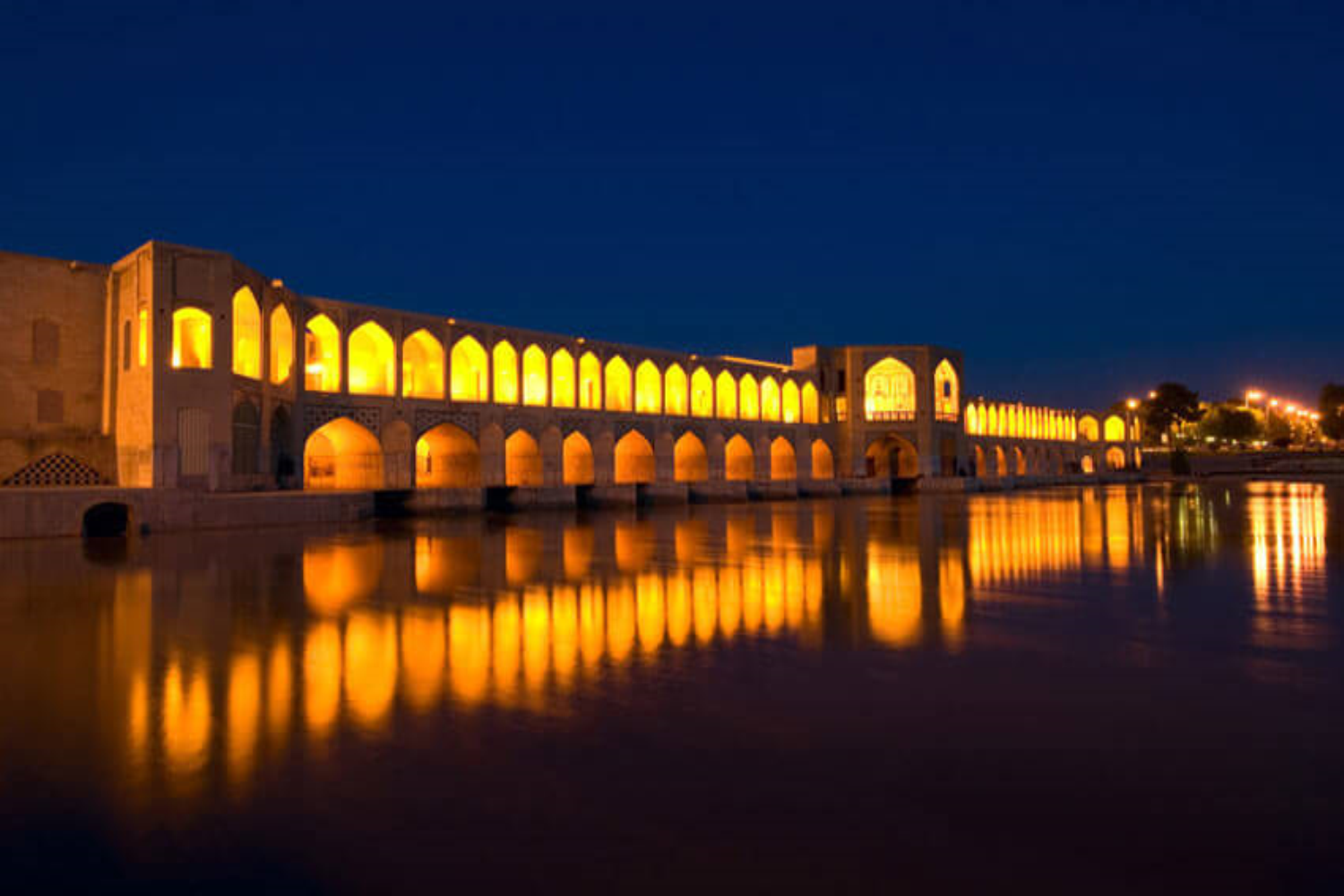
Pole Khaju (Khaju bridge)

Jameh Mosque of Isfahan
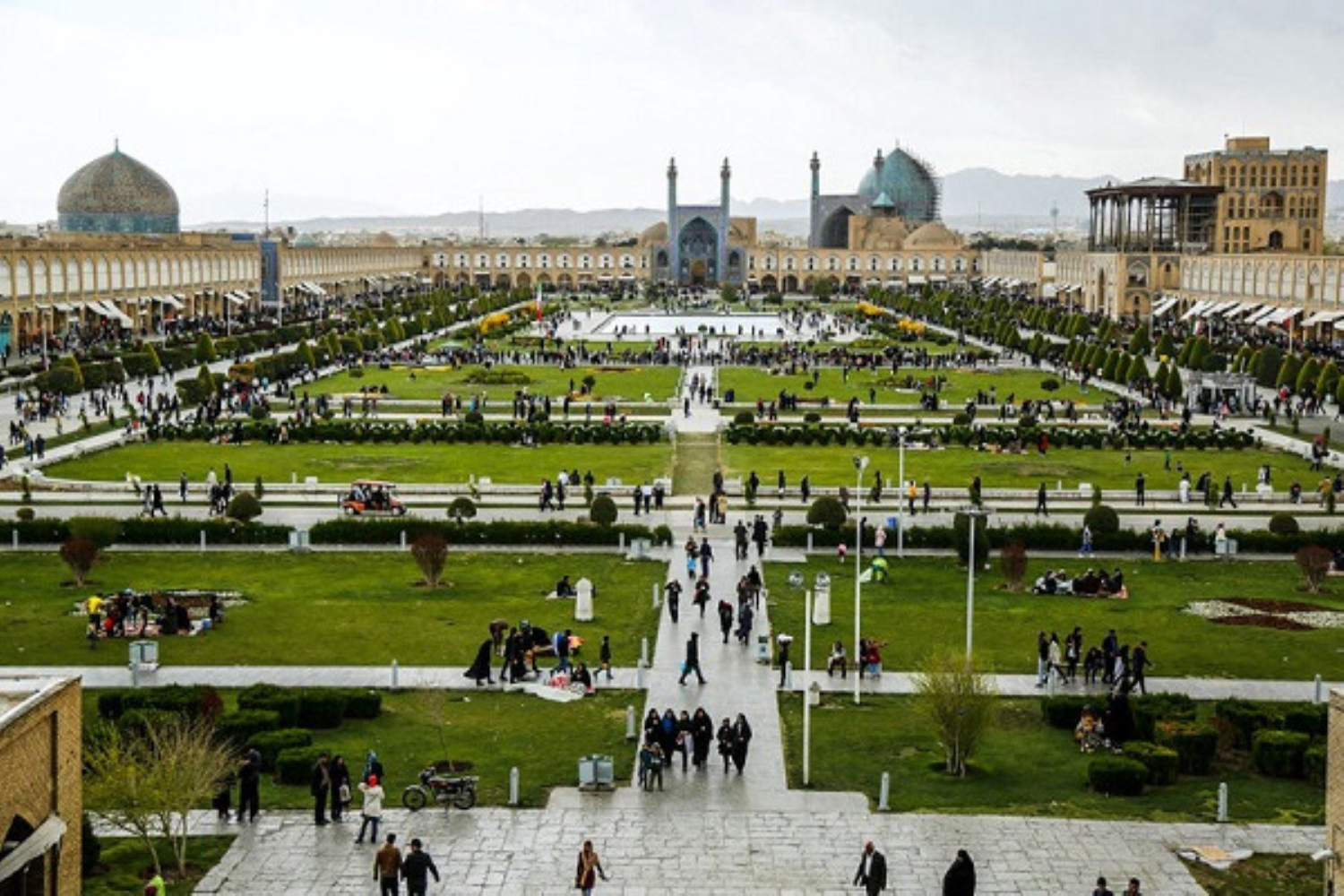
Naghshe Jahan Square
Naqsh-e Jahan Square, or Meidan-e Emam (also Shah Square and Imam Square), is the main tourist spot of Isfahan, one of the UNESCO World Heritage Site. This square is the first place to see while visiting Isfahan and it is full of tourists all over the year. Naqsh-e Jahan in Farsi means “The image of the world”. The square is surrounded by structures of different purposes and architecture, and together with the main bazaar of Isfahan, they comprise the huge complex to explore.
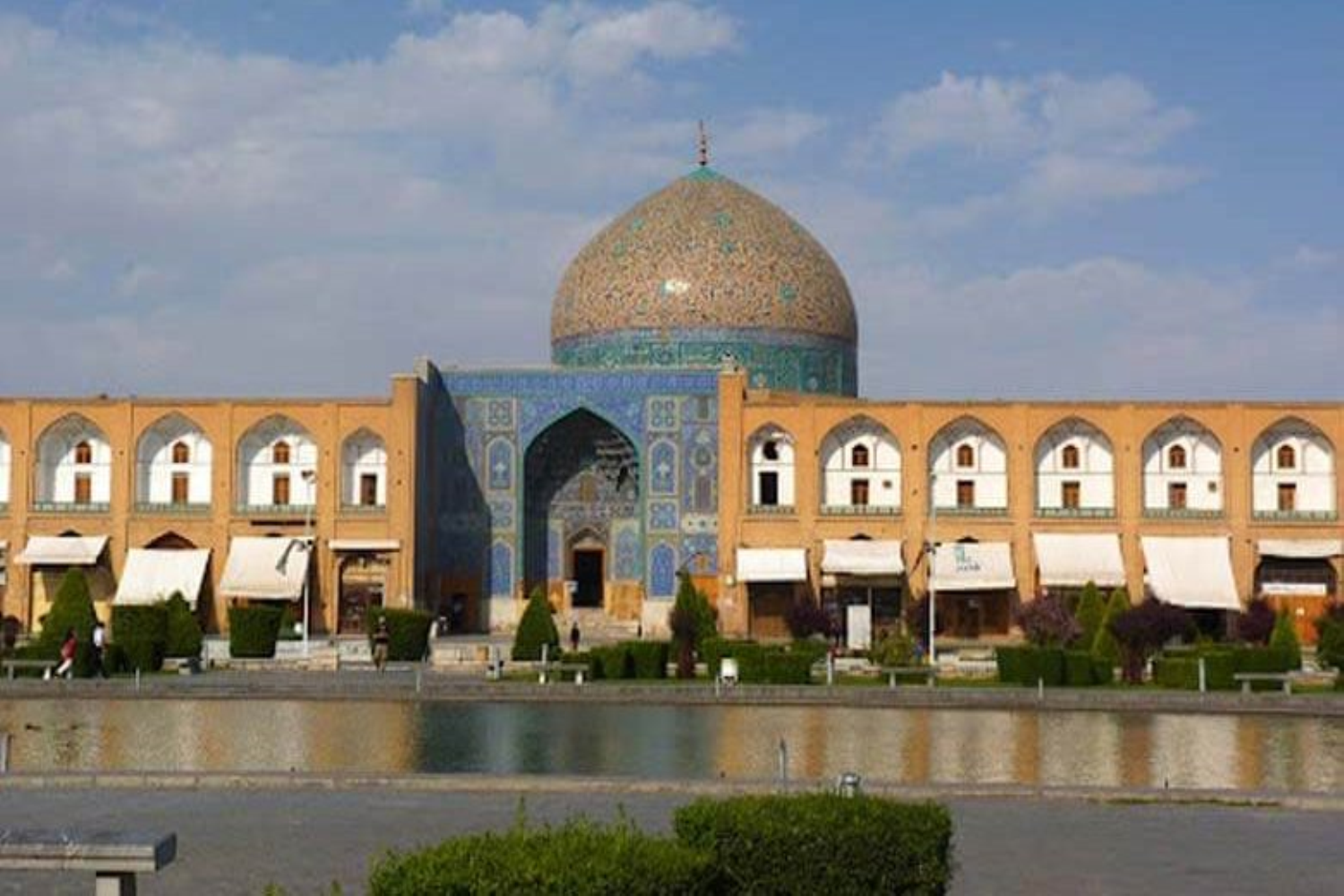
Sheikh Lotfollah Mosque
Sheikh Lotfollah Mosque is one of the architectural masterpieces of Iranian architecture that was built during the Safavid Empire, standing on the eastern side of Naghsh-i Jahan Square, Esfahan, Iran. Construction of the mosque started in 1603 and was finished in 1619. It was built by the chief architect Shaykh Bahai, during the reign of Shah Abbas I of Persia. On the advice of Arthur Upham Pope, Reza Shah Pahlavi had the mosque rebuilt and repaired in the 1920s. Of the four monuments that dominated the perimeter of the Naqsh-e Jahan Square, this one was the first to be built.
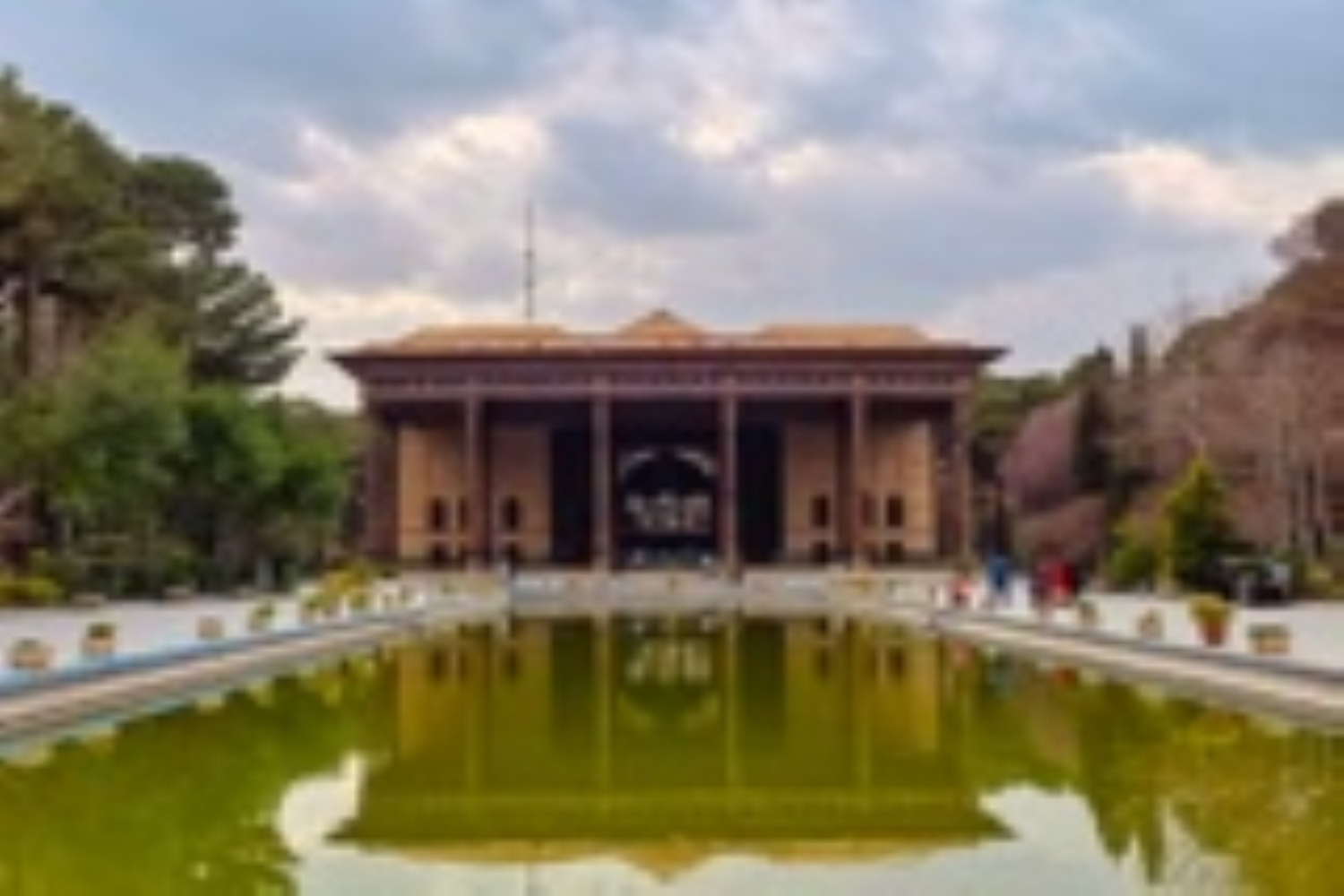
Chehel Sotun (40 Columns) Palace
The beautiful Chehel Sotoon (also Chehel Sotoun) Palace of Isfahan is one of the most beautiful monuments in Iran. Chehel Sotoon meaning the “Forty Column Palace” is a long-standing relic of the Safavid Empire rule in Iran, which fascinates visitors with its amazing and original 17th century architecture. The splendid mural paintings of Chehel sotoun are just one of its many attractions.
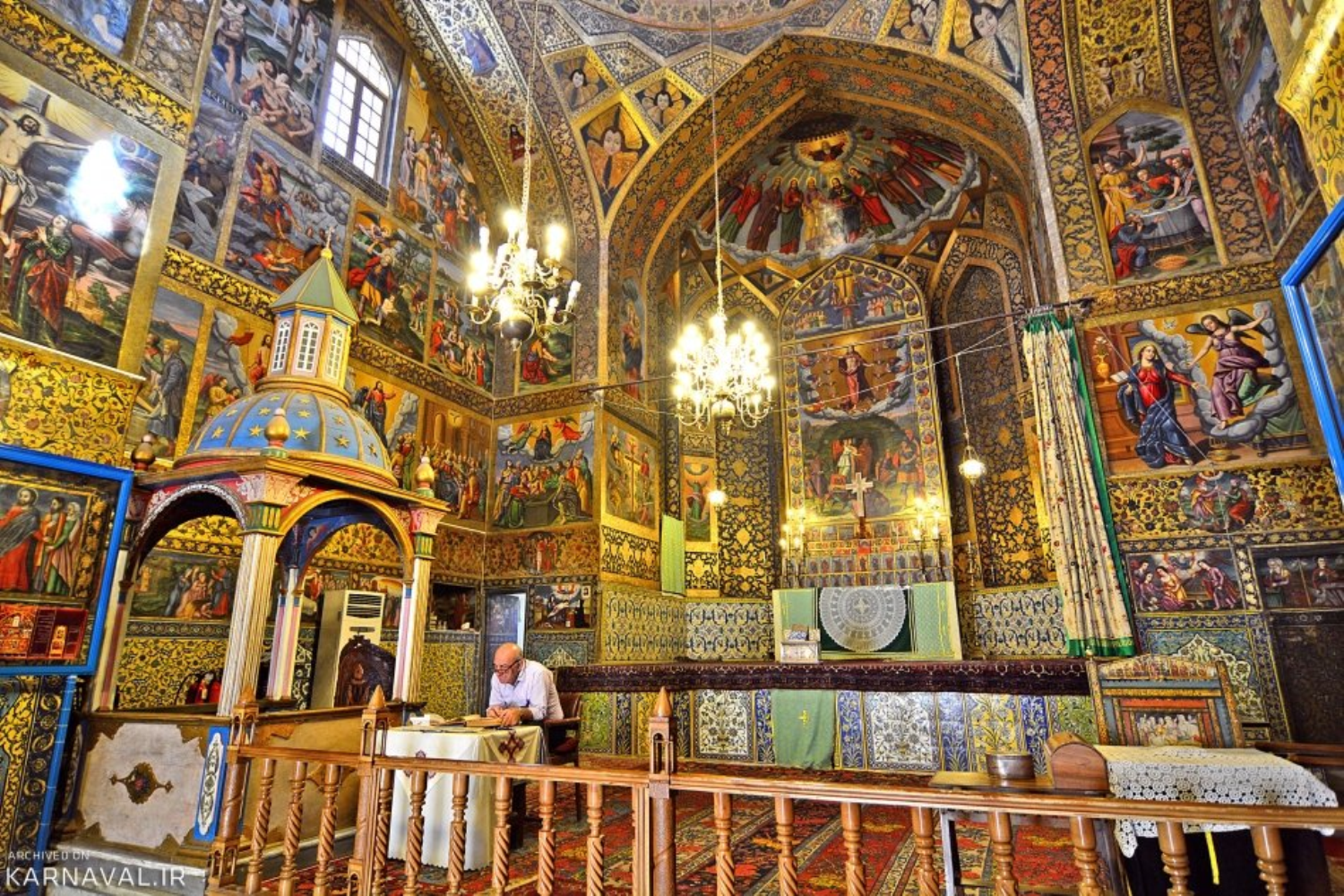
Vank Church
The Holy Savior Cathedral or the Church of Saintly Sisters is widely known as Vank Cathedral. It is an Armenian church, located in the New Julfa district in the center of Isfahan. The name “Vank” derives from the Armenian word “monastery”. Due to its outstanding interior, Vank Cathedral is one of the most popular tourist destinations in Isfahan.
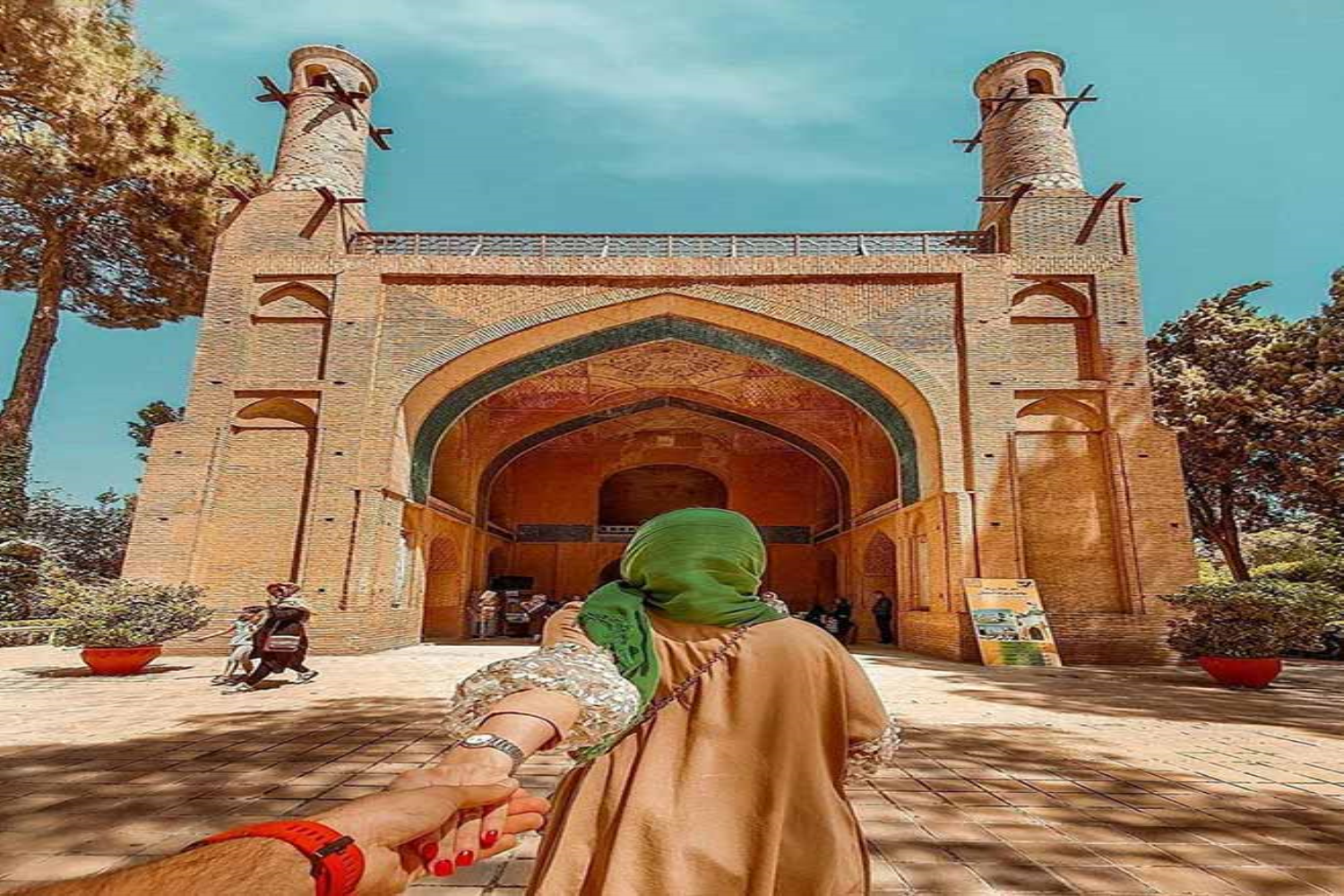
Menar Jonban

Shah (Emam) Mosque
Imam Mosque (known as Shah Mosque before 1979 revolution) is a part of the complex of Naqsh-e Jahan Square – the main attraction of Isfahan. It is regarded as one of the masterpieces of Persian architecture in the Islamic era. Along with Naqsh-e Jahan Square, the mosque is registered as UNESCO World Heritage Site and is a popular destination for tourists visiting Isfahan.
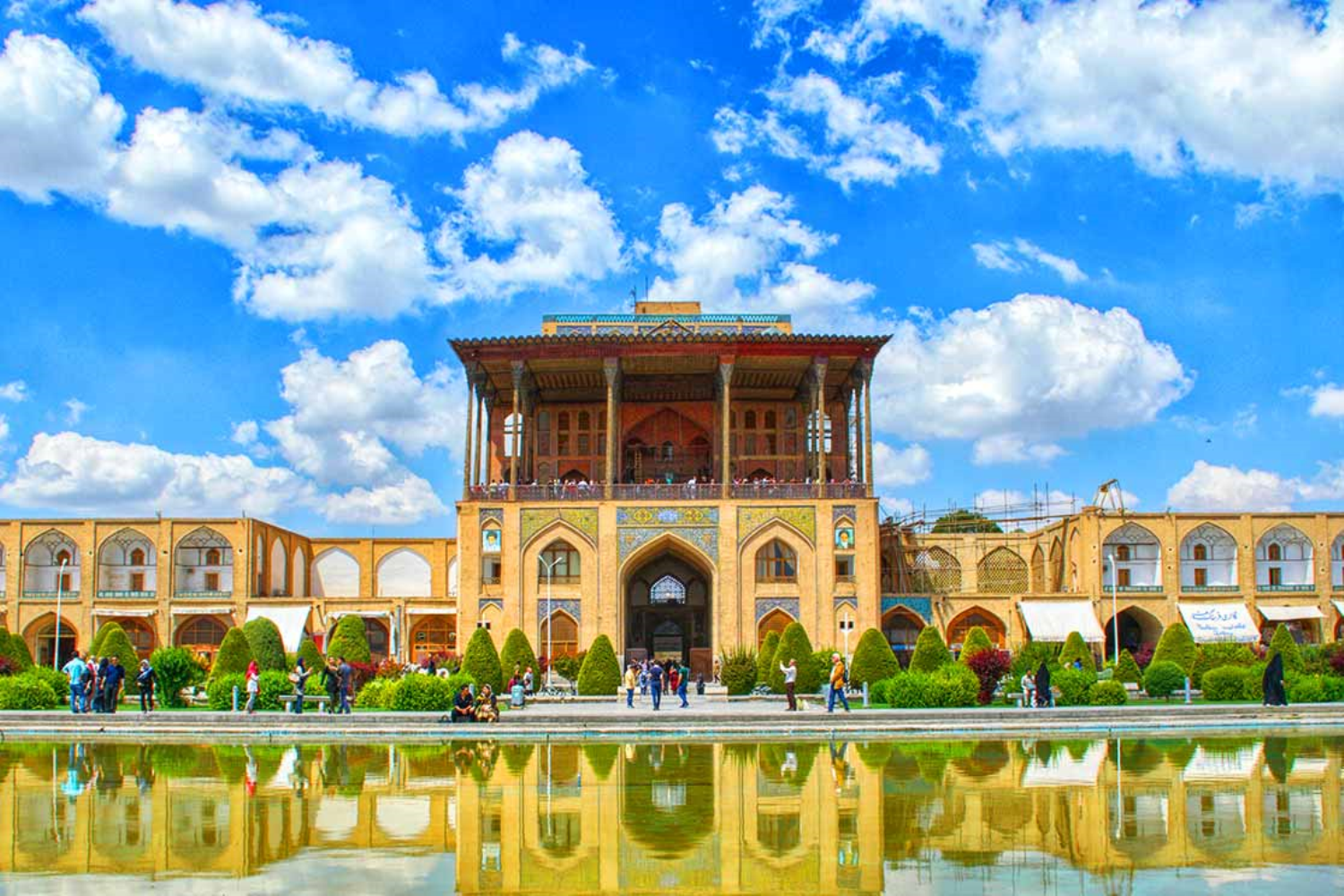
Ali Qapu Palace
Alighapoo palace (Aliqapou Edifice) was also called 'Daulat Khaneh-e-Mobarakeh Nagsh-e-Jahan' and the 'Daulat Khaneh Palace'. Its unique archaic architecture is related to the Safavid era. This edifice was constructed under the orders of Shah Abbas I. The monarch would receive special envoys in this palace and hold his audience here.
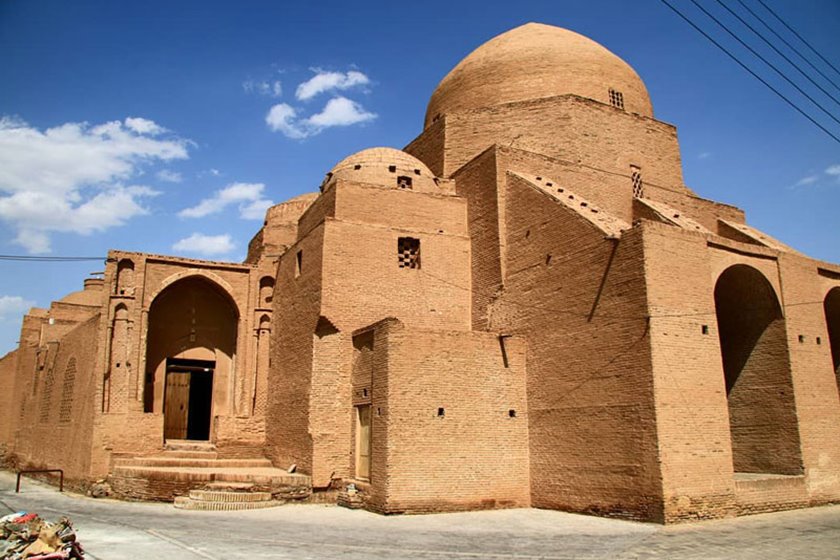
Ardestan Jame Mosque